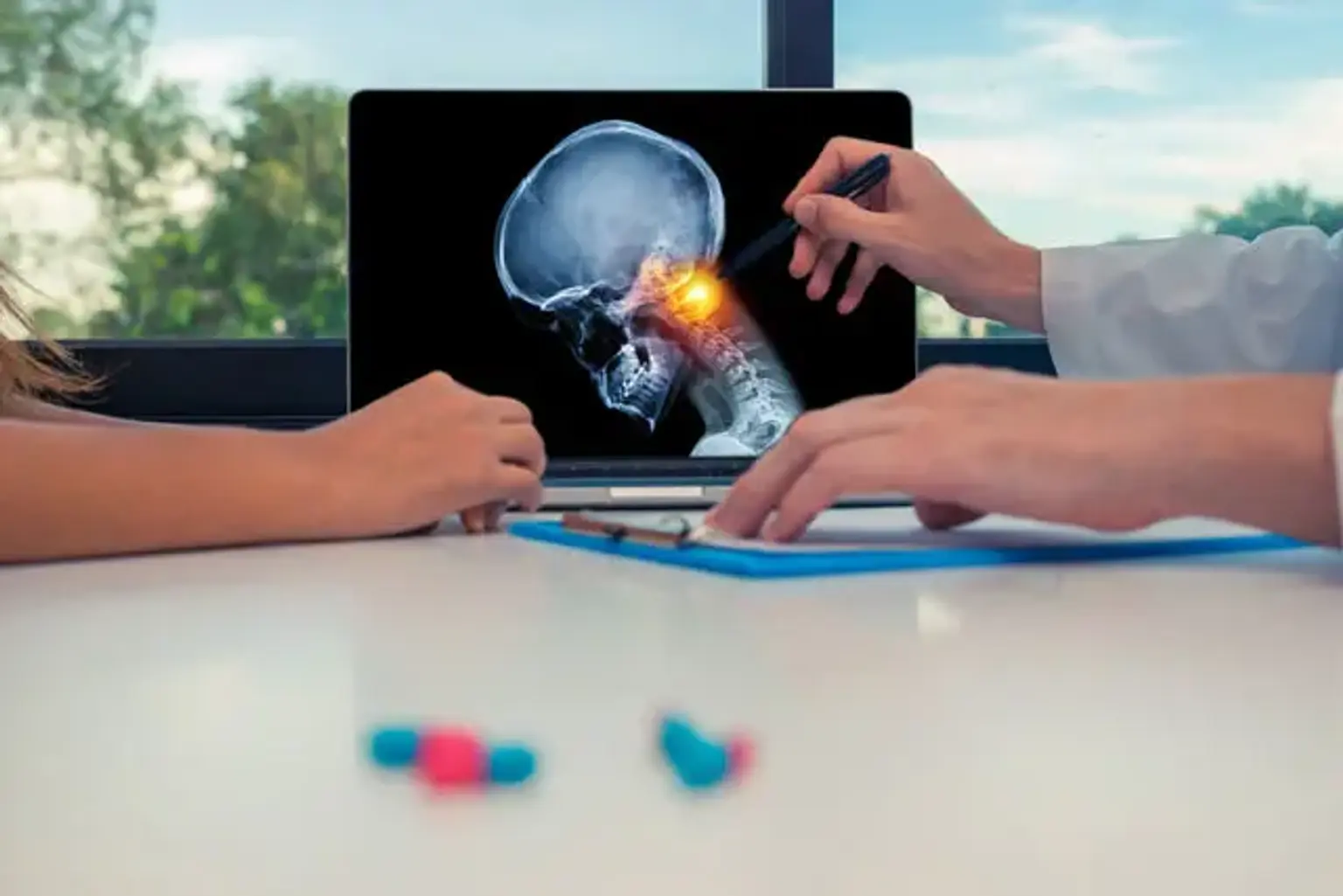Introduction
Spinal fusion surgery is a procedure designed to eliminate pain and restore stability in the spine. It is typically recommended for patients with chronic back pain, spinal instability, or deformities like scoliosis. This surgery helps fuse two or more vertebrae together, making the spine more stable. Over the years, spinal fusion has gained global popularity due to its effectiveness in treating severe spine-related issues and its ability to improve patients' quality of life.
What is Spinal Fusion Surgery?
Spinal fusion surgery is a procedure where two or more vertebrae in the spine are joined together to eliminate motion between them. This helps stabilize the spine and can alleviate pain caused by issues like degenerative disc disease, herniated discs, and spinal fractures.
The procedure can be performed on different sections of the spine, including the lumbar (lower back), cervical (neck), and thoracic (mid-back) regions. In certain cases, spinal fusion may be done using a minimally invasive approach, which requires smaller incisions and offers faster recovery times.
The Procedure: How Does Spinal Fusion Surgery Work?
Spinal fusion surgery involves removing the damaged disc or bone and using a graft (usually bone or synthetic material) to promote fusion between the vertebrae. In some cases, hardware like rods, screws, or plates are used to stabilize the spine during the healing process.
There are two main approaches:
